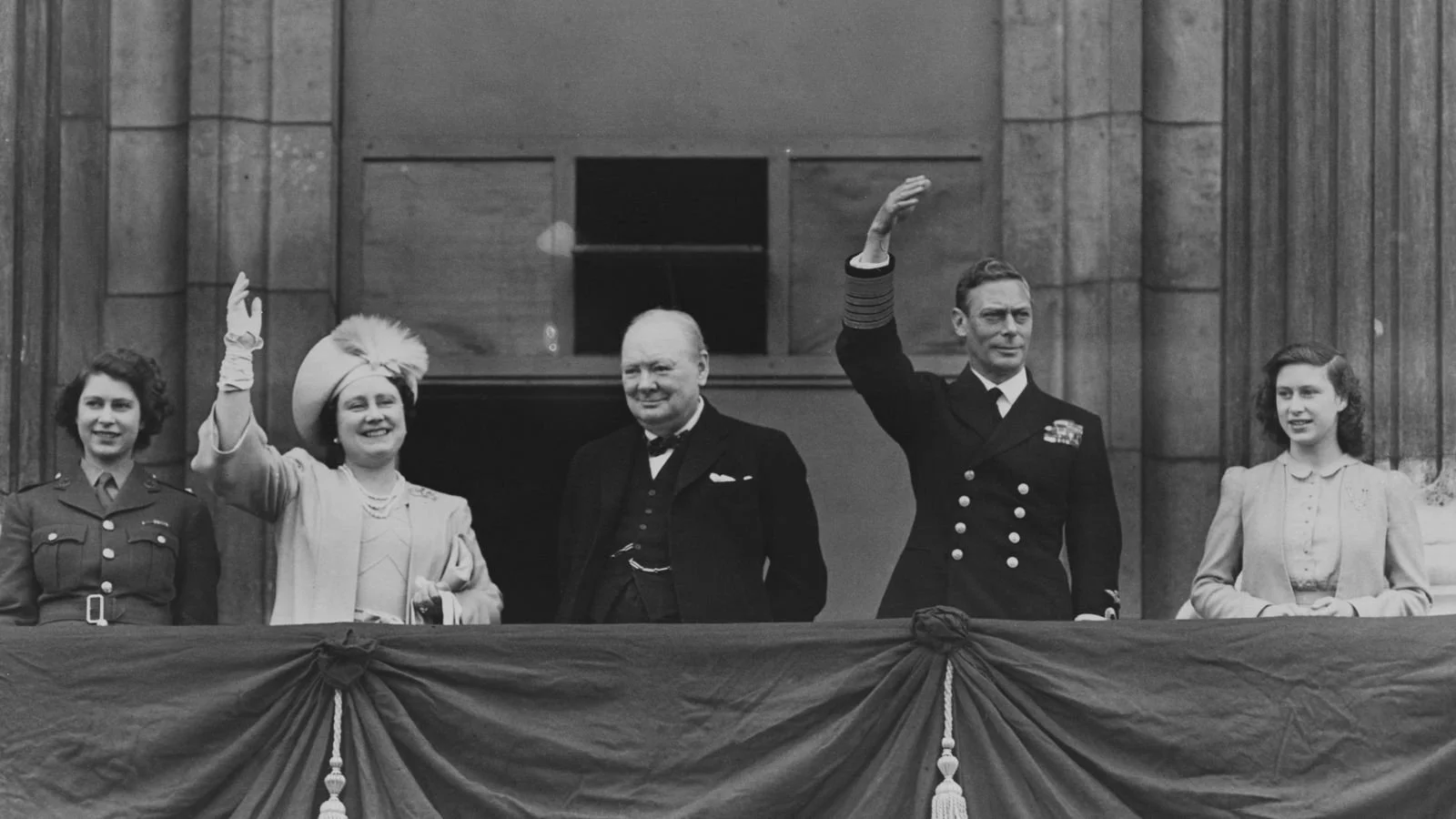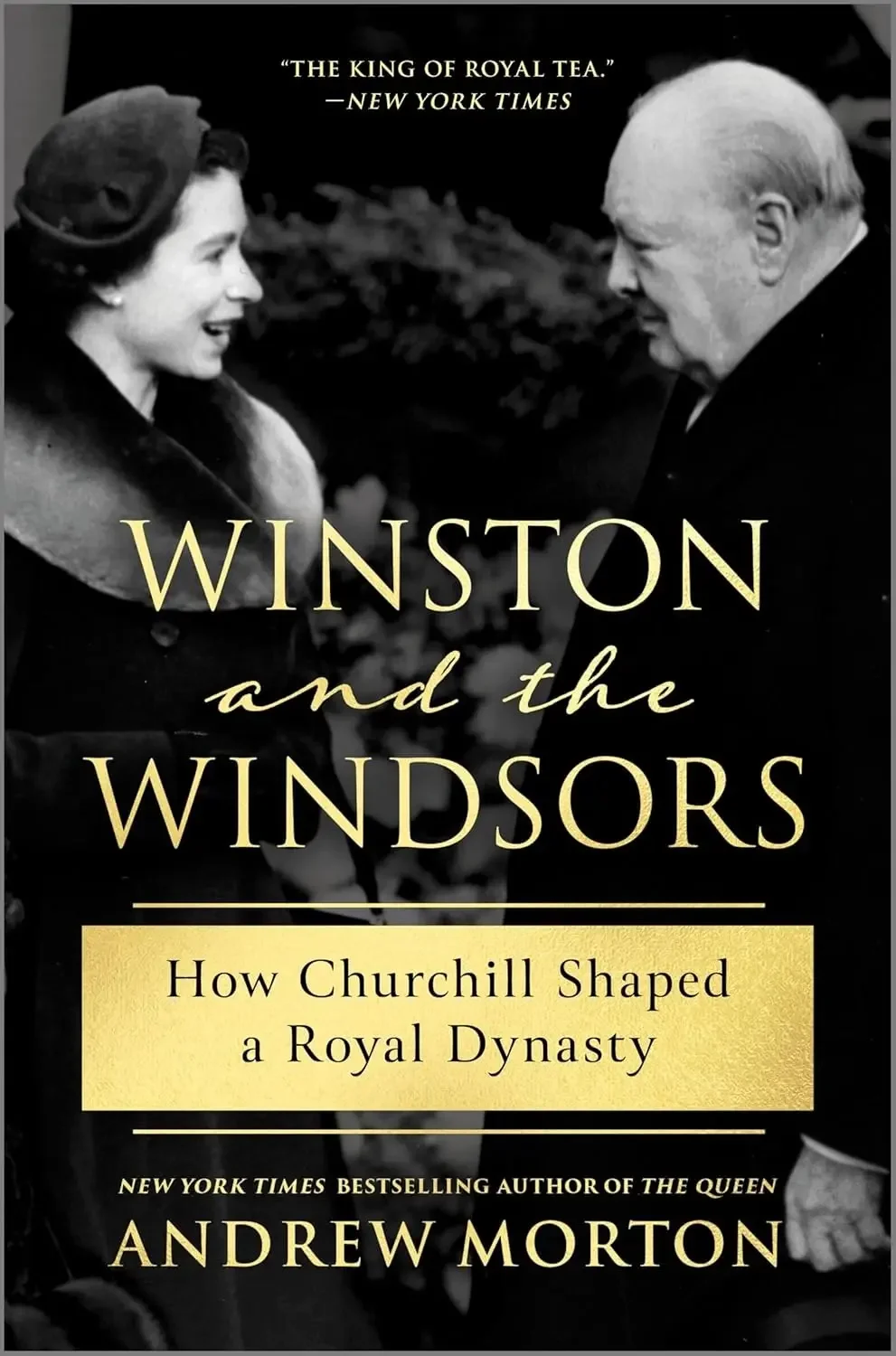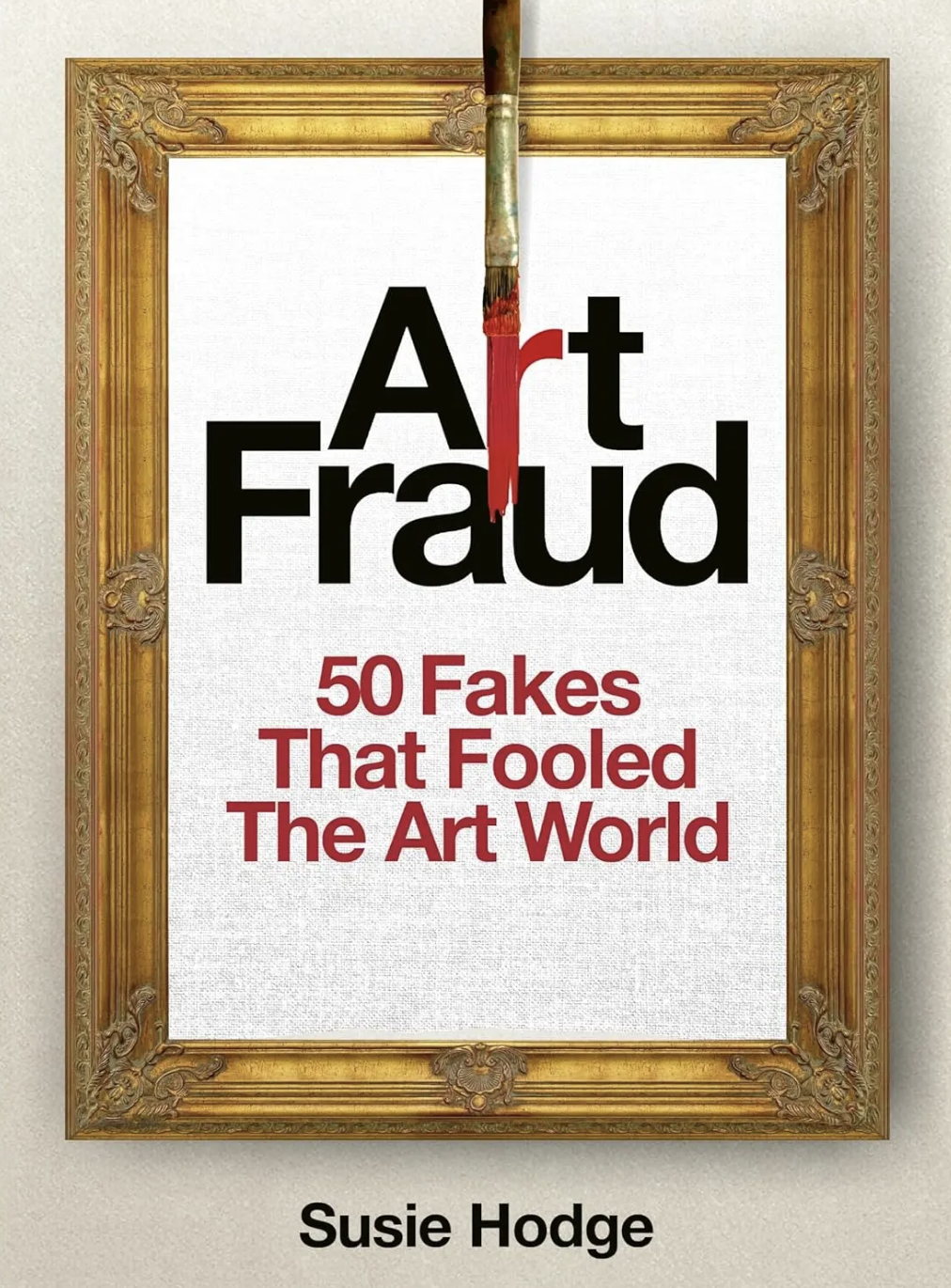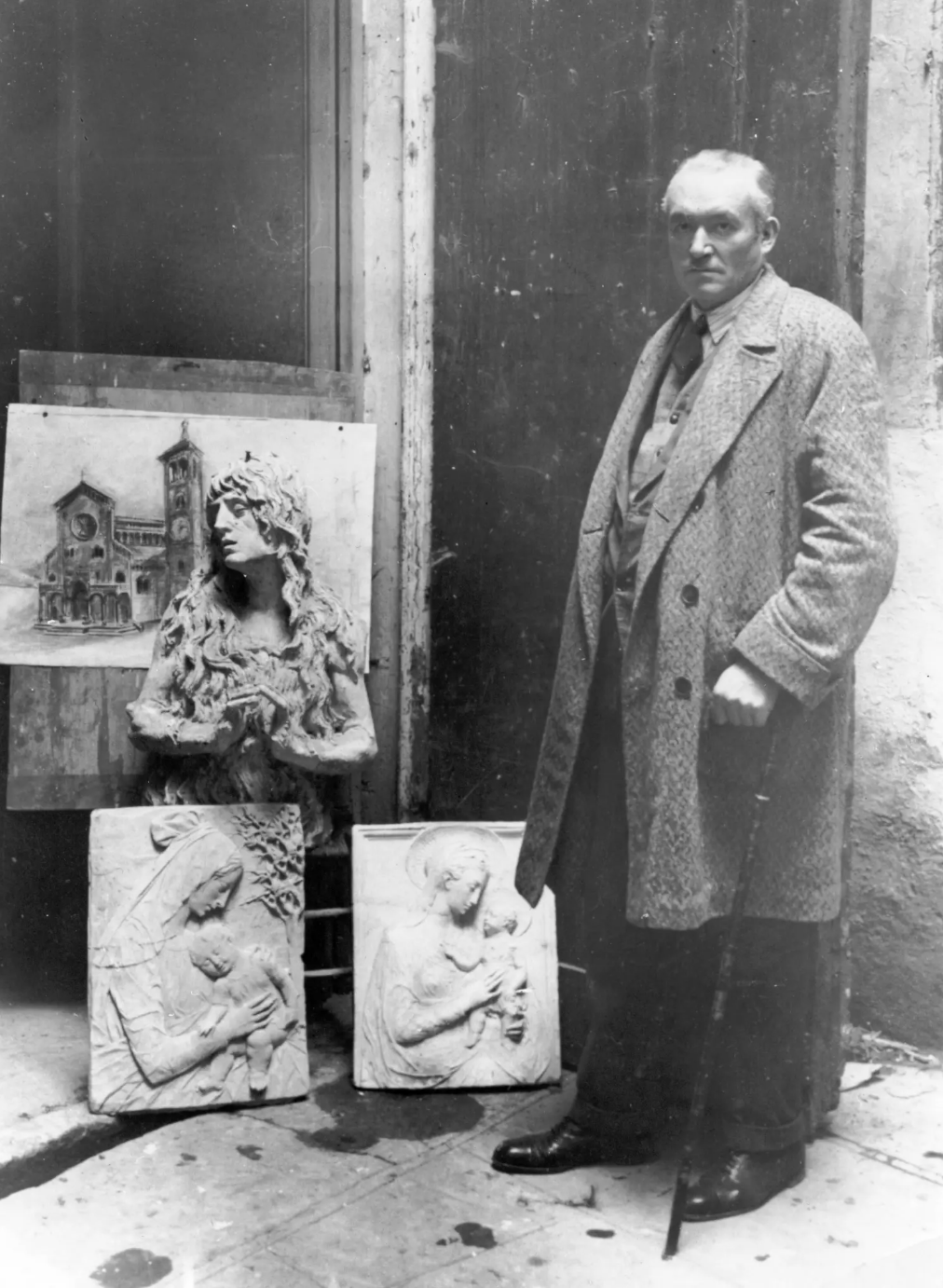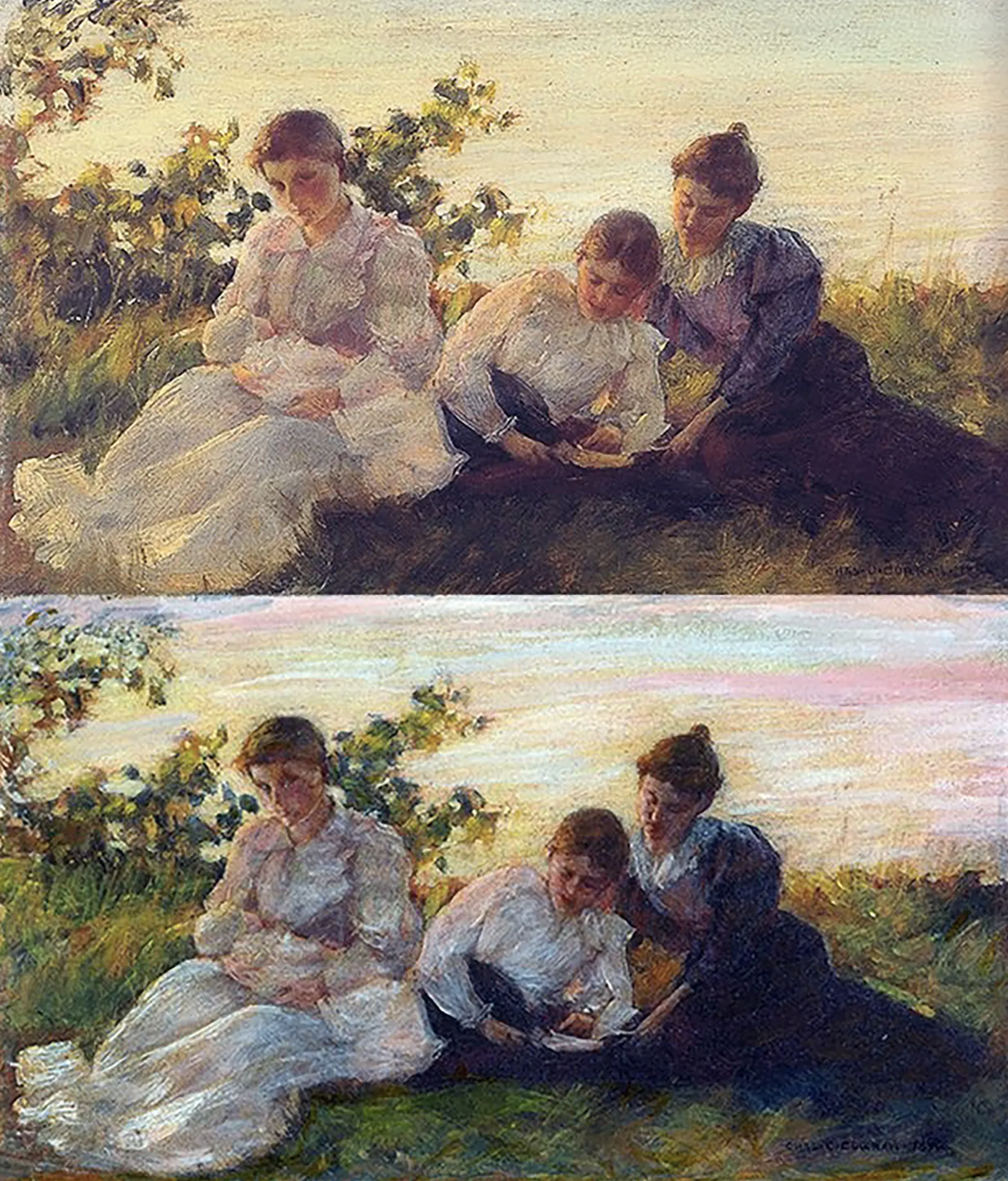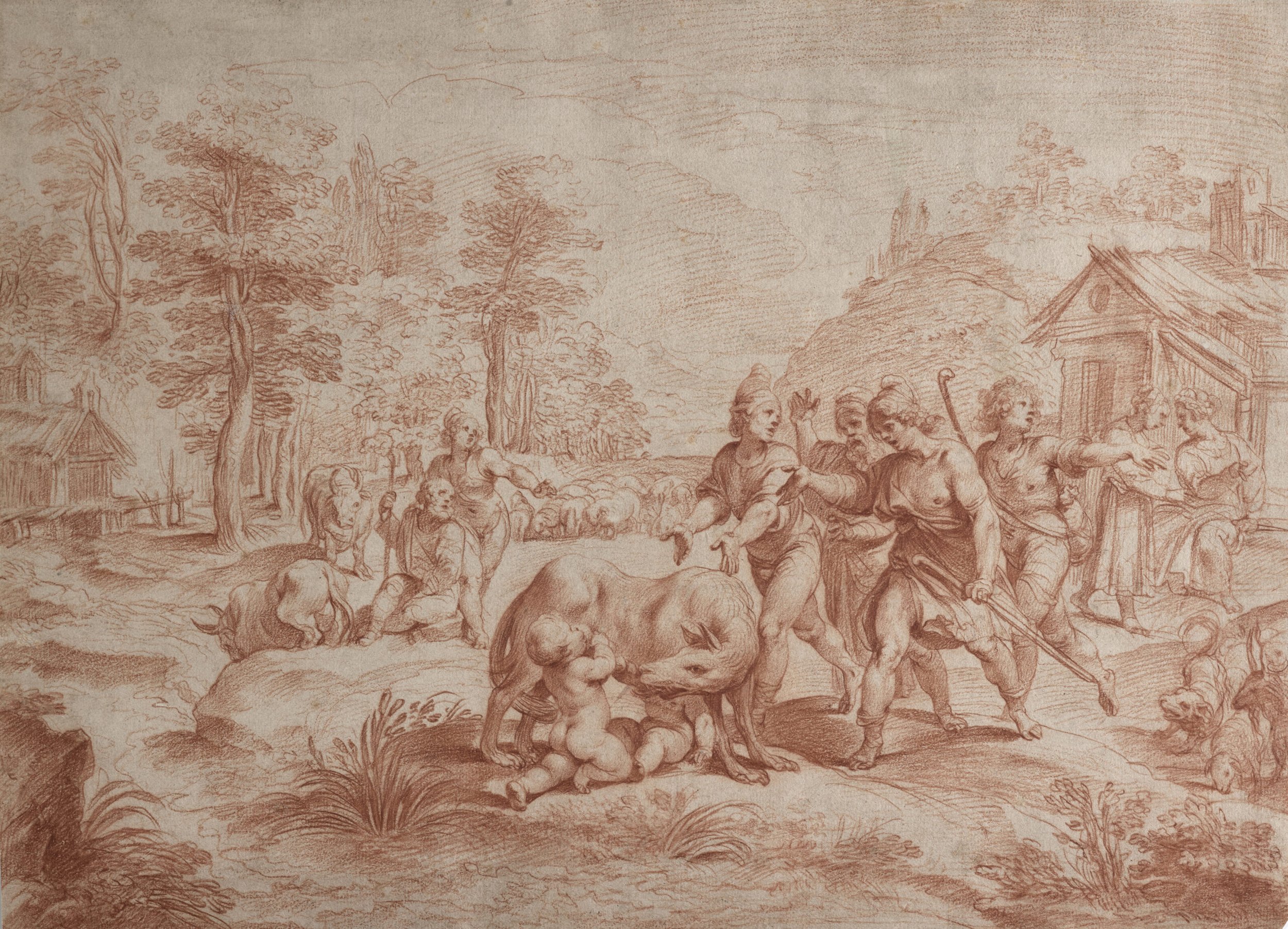NEW YORK POST, October 26, 2025
Royal biographer Andrew Morton sizes up the America-loving icon
Not just any biographer gets portrayed in a Netflix series. But Andrew Morton is no ordinary biographer.
Morton released “Diana: Her True Story” in 1992. The source of his blockbuster biography was the princess herself, a fact Morton only revealed after Diana’s death. The details of those melancholy interviews, recorded secretly on cassette tape, appeared in the fifth season of “The Crown.”
“In a funny kind of way, the actual buildup to the Diana book was more dramatic than they portrayed it,” Morton tells The Post. “We swept the room for bugs. There was a lot of counterintelligence work going on there.”
Morton is in New York for the launch of “Winston and the Windsors: How Churchill Shaped a Royal Dynasty,” his latest book on the royal family. As he marks the publication of his 25th biography, Morton is soft-spoken as he enters the grand library of the gilded-age clubhouse where he has just given a reading. It could be the memory of bugged rooms still stings.
“What a beautiful library. It’s almost as big as mine,” he says in his clipped Yorkshire English.
While “Winston and the Windsors” tracks the connection of Britain’s greatest prime minister to the lives of six monarchs, the conversation first turns to New York. Many fail to realize the English statesman was, in fact, half Brooklynite. Churchill’s mother, Jennie Jerome, was born in Cobble Hill in 1854. A “dollar princess,” she married into the British aristocracy and conferred a certain New-York toughness in her America-loving son.
“He’s got the English bulldog and the New York chutzpah,” says Morton. “And unlike many of those who’ve been born in palaces and in high places, he was pushy, he was shovy. He used his elbows to get where he wanted. He didn’t wait for the glittering prizes to fall into his lap. He opened them up, opened the wrapping, and consumed them.”
If New York was part inspiration, the city almost once did him in as well. In December 1931, just up Fifth Avenue from where Morton now spoke, at 76th Street, Churchill was struck down by an unemployed motorist from Yonkers. Churchill had exited a taxi in the middle of the street and forgotten to notice the flow of American traffic.
“It was bad enough to make headlines around the world,” Morton notes, as Churchill was whisked away to Lenox Hill Hospital, saying on intake he was a friend of the king. “And for the king to ask his advisers to get him on the phone, in the days when transatlantic phone calls were tricky, it was a measure of his fame or infamy.”
Churchill at the time was a 57-year-old member of Parliament in need of money after the 1929 stock-market crash, and he made the best of a bad situation. “All the New York papers sent people along to try and interview him. A girl dressed up as a nurse. She was caught by a detective,” Morton recounts.
Instead of giving away the story, Churchill sold his accident to a British newspaper. “So he goes in, and he tries to waft away the nurses and the doctors because he’s on the phone, dictating 2,000 words or whatever on ‘my New York misadventure.’ For which he’s paid the princely sum of $2,500. Which enables him to go off to the Bahamas on holiday.”
The accident also provided Churchill with a doctor’s note for a “naturally indefinite” amount of alcohol to be consumed each day, “especially at mealtimes” — a not-so-sobering script to receive during American Prohibition.
Such New York chutzpah may be one reason Churchill gets admired more today in America than in Great Britain.
“Revisionist history,” Morton laments of the British reception. “Churchill is accused of all kinds of heinous crimes, which he had nothing to do with.” In America, however, “he was someone whom both sides of the aisle admired. When he spoke at Congress, he got standing ovations. People on both sides of the aisle believed him because he’d been right about the German expansionism of the 1930s just as when he gave his famous Iron Curtain speech in 1946. I don’t think it’s any coincidence that Trump ordered the bust of Churchill as one of the first things back into the Oval Office.”
For Churchill, the transatlantic affection was mutual. “His big idea,” adds Morton, “was always follow America, always go with America. He believed that Britain’s future lay with America, and America’s future lay with Britain. Yes, and together they could do great things.”
“Winston and the Windsors” covers Churchill’s life across six monarchs, from his birth during Queen Victoria’s reign through Edward VII, George V, Edward VIII, George VI and, finally, Elizabeth II. “There’ve been lots of politicians and statesmen who have advised a single president or prime minister,” says Morton, but “there’s not been a politician or statesman who has advised a whole dynasty as Churchill did.”
The frequent turnover tells us much about Churchill’s long 63 years of public service as well as something of the era’s royal disorder. Such turmoil came to a head in 1936 with the freshly minted Edward VIII’s abdication over his twice-divorced American lover and intended wife, Wallis Simpson.
Surprisingly, as someone who cared both for the monarchy and the new monarch, “Churchill felt that Mrs. Simpson was a good thing for Edward VIII,” says Morton. “Because as Prince of Wales, he was often drunk. He was late to events. His timekeeping was poor. He let people down. And Wallis emphasized the need for manners. She gave him calm, so that all these ticks and things that he did, he became calmer.”
Churchill spent much political capital defending Edward, whose intended marriage stirred up a constitutional crisis. “He’s concerned that politicians can tell the monarch who he can or can’t marry. And that’s overstepping the bounds of the constitution,” Morton says of Churchill’s view of the critics.
“He speaks in Parliament again, and he’s howled down for asking for more time,” Morton explains of Churchill’s defense of the beleaguered royal. A confidant tells Churchill, “In three minutes or five minutes, you’ve done more damage to yourself and the monarchy than anybody could have.”
“So Churchill is a lonely, forlorn figure. But when it comes to the actual days of the abdication, he speaks in the House of Parliament very convincingly, and some people are moved to tears.”
“Edward gave up his throne and the greatest empire we’ve all ever seen,” Morton says. “He was in love with her.”
Churchill stayed loyal to Edward and Wallis, says Morton, even as the royal family swept them aside and the former king drew close to Hitler and his Nazi ambassador Joachim von Ribbentrop.
“It was a great relief to everybody when he finally left because he was in the pocket of Hitler and Ribbentrop,” says Morton, adding, “Ribbentrop was alleged to have had an affair with Wallis.”
And yet even when this started to come out, Churchill didn’t turn away.
“One of the things about Churchill is that he’s very, very loyal to his friends. He was loyal to the nth degree.”
As George VI replaced Edward VIII and Britain entered World War II, Churchill “did a signal service in making the monarchy seem relevant and sympathetic,” says Morton. “When Buckingham Palace was bombed, there’s a famous photograph of Churchill, George VI and the queen going through the rubble. He was the great showman. He got the press there to take pictures of them because he was talking to an audience of one, and that was Roosevelt.”
In its darkest hour, as the Nazis made final preparations for an invasion of the English homeland, Britain’s last hope was America.
“They pulled out all the diamonds and rubies from the crown jewels, put them in a hatbox and hid them in the basement of Windsor Castle,” Morton says of the royals, persuaded by Churchill to stay put in England rather than flee to Canada. “The queen was learning to shoot and would shoot rats as target practice. Churchill didn’t expect to live more than three weeks.”
Churchill and the new king drew close through the war. “George VI proved to be an admirable counselor and a silent drum” for the prime minister, says Morton. “The king would be let in on these secrets by Churchill, who was carrying this great burden with him. And George VI helped carry that burden.”
When George VI died in 1952 at the age of 56, Churchill became a surrogate parent to Elizabeth II as she ascended the throne at just 25 years old. “He was a father figure, not just to her but to the family,” says Morton.
Asked how Churchill might have viewed this biographer’s other famous princess, “He would have been enamored with Diana,” Morton replies. “What senior statesman, and I include Henry Kissinger and others, wasn’t enamored by Diana?”
Thinking about what happened just up the street nearly a century ago, what would the world be like if Churchill hadn’t survived that car crash?
“We might all be wearing brownshirts,” Morton says of the fascist garb, shifting in his seat. “Churchill was blessed with good luck. He took part in the last-ever cavalry charge. He was lucky to escape injury in the Boer War. He was fortunate not to be pulverized by shells in the First World War when he went back to the trenches after the disaster of the Dardanelles. A series of fortunate events saved him.”
“But it is also fortunate for us,” Morton concludes. “Absolutely fortunate.”
